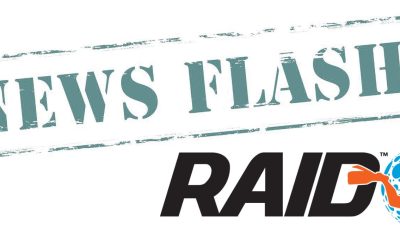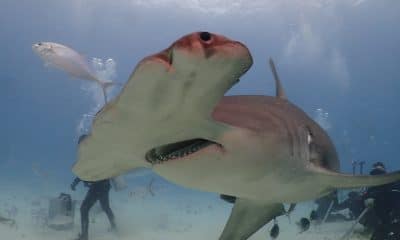News
Paul Toomer: Wreck Head
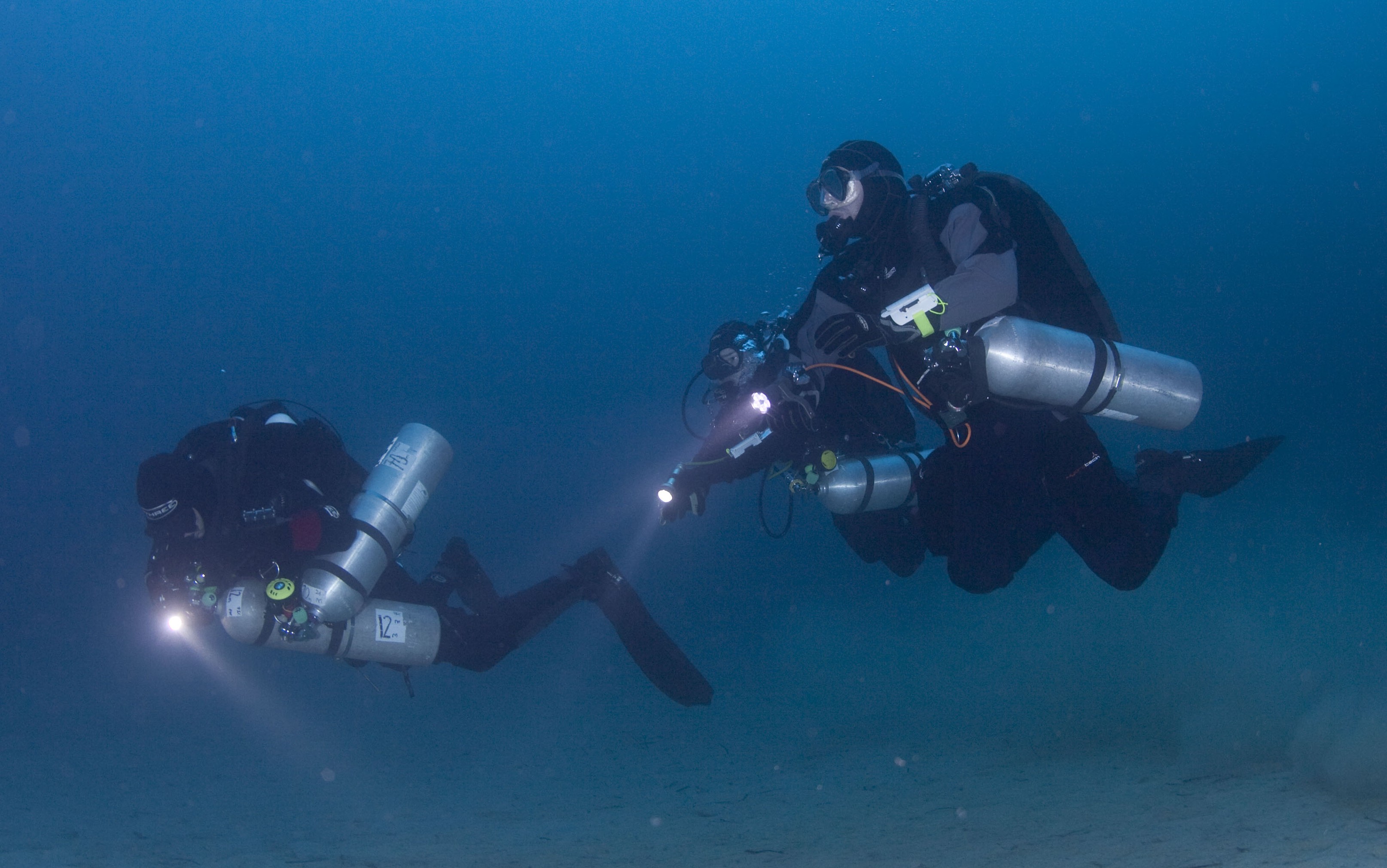
Part 7 – Backup Lights
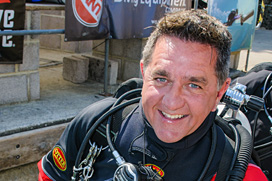 In the last ‘Wreck Head’ I started my discussion on primary lights with a little story about God’s primary light, the sun. Of course it has a cycle that it goes through and after around 12 or so hours in our sky it goes down. We are then plunged into darkness and before house and street lighting we all walked around banging into things and each other. Some of us fell down big holes or walked into bear caves and were eaten alive!!!
In the last ‘Wreck Head’ I started my discussion on primary lights with a little story about God’s primary light, the sun. Of course it has a cycle that it goes through and after around 12 or so hours in our sky it goes down. We are then plunged into darkness and before house and street lighting we all walked around banging into things and each other. Some of us fell down big holes or walked into bear caves and were eaten alive!!!
No, No, No… what utter rubbish. God in his infinite wisdom designed his own backup light so that we could all be safe while he put the sun on a trickle charger overnight. His backup light is the moon of course. Which funny enough is not made of cheese as previously theorised.
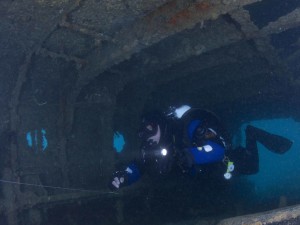 It does not take a rocket scientist (no pun intended) to work out why a backup light system would be a good thing to carry on all penetration dives. Loss of lighting in overhead environments has, unfortunately, been the cause of the untimely demise of a fair few divers. The really sad thing is it’s so easy to setup a backup system. What we want is a backup system that is pretty dependable and easy to use. And divers can’t even blame cost on not having lights anymore as the manufacturers have released backup lights to suit all pockets without jeopardising safety.
It does not take a rocket scientist (no pun intended) to work out why a backup light system would be a good thing to carry on all penetration dives. Loss of lighting in overhead environments has, unfortunately, been the cause of the untimely demise of a fair few divers. The really sad thing is it’s so easy to setup a backup system. What we want is a backup system that is pretty dependable and easy to use. And divers can’t even blame cost on not having lights anymore as the manufacturers have released backup lights to suit all pockets without jeopardising safety.
In this ‘Wreck Head’ we have a look at the design, reasoning behind, and the placement of backup light systems for overhead environment diving.
The most important thing I want from my backup light is… well, light!
Now this sounds daft but look at The Big Guy for example, he made loads of backup lights for us, they are called stars, but you can hardly bask in their light can you? So when I pick a light I want it to project a decent amount of light. I do not need it to be as powerful as my primary light in any way shape or form. I just need to be able to see my guideline, my directional markers, potential entanglement, abrasion hazards and of course the exit which is of paramount importance.
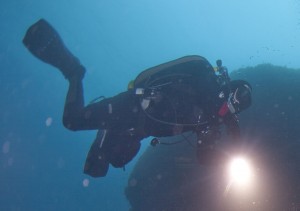 With this in mind, it means we can downscale the size of the backup light. We do not need anything complex and it does not need to be the size of a Winnebago. By downscaling we get pros and cons. The pros are, we can stow the light really easily. Therefore it can be placed in an area where it is super streamlined, easily accessible and easily restowed. The cons are that unless you place it properly it can be a pain to find and if the light is not set up or placed properly it can be easily dropped and lost. Of course the final issue is that small lights have shorter burn times… or do they?
With this in mind, it means we can downscale the size of the backup light. We do not need anything complex and it does not need to be the size of a Winnebago. By downscaling we get pros and cons. The pros are, we can stow the light really easily. Therefore it can be placed in an area where it is super streamlined, easily accessible and easily restowed. The cons are that unless you place it properly it can be a pain to find and if the light is not set up or placed properly it can be easily dropped and lost. Of course the final issue is that small lights have shorter burn times… or do they?
Modern backup light systems use LED (Light-Emitting Diode) bulbs that emit a huge amount while using a relatively low amount of power. LED lights also have an extremely long life with the average LED lasting around ten to twenty thousand hours. In today’s world, buying a backup light that is not LED is quite simply nuts. Hell, do any of the manufacturers make non LED lights?
The ideal backup light needs to be a thin long(ish) cylindrically shaped light with no handle on it. I prefer to have no switches either; I like lights that are turned on by screwing the light head in or out. The problem with having a light with a switch on is that sometimes switches don’t work. However, modern switches are much more reliable than they were just a few years ago.
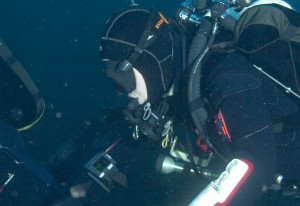 I like the long cylindrical shape as I can fix a single piston clip to the base of the light and have the light hang from my Chest D Ring on my harness. The light needs to be around the same diameter as the width of a piece of webbing. This allows us to secure the light to the webbing using bungee loops or preferably bicycle inner tubing threaded onto the harness. The light must not be too long as it will hang too far towards the diver’s waist making it very uncomfortable to wear. Also, if it is too long, accessing the light will be a lot more difficult.
I like the long cylindrical shape as I can fix a single piston clip to the base of the light and have the light hang from my Chest D Ring on my harness. The light needs to be around the same diameter as the width of a piece of webbing. This allows us to secure the light to the webbing using bungee loops or preferably bicycle inner tubing threaded onto the harness. The light must not be too long as it will hang too far towards the diver’s waist making it very uncomfortable to wear. Also, if it is too long, accessing the light will be a lot more difficult.
So, we hit the wreck with our primary, umbilical, lightsaber, monster of a light that will make those things at Wembley look like Christmas tree lights and a backup. Sorry, big mistake. We take two backup lights with us. Backup lights need to be trustworthy and reliable so the industry standard is to use non-rechargeable batteries rather than rechargeables.
The simplicity is that rechargeable batteries lose their charge quite quickly and sometimes don’t take on charge properly. Sometimes the batteries just die. With non-rechargeable batteries we open a new packet of factory made, one life only batteries, this minimises the chances of any of the above failures. But just to be double sure, we have a second light prepared in exactly the same manner. So if backup light one goes, we simply move to light two.
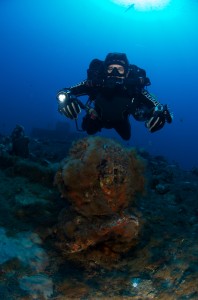 This also gives us a time advantage, as it should take an age to burn two lights out. The second light can also be given to a teammate in the event they have a VERY bad day out and lose all their lighting. My favourite reason for carrying that third light is that it can be tied into the guideline in the event of a lost buddy scenario. The small light ties easily into the line and the search diver can leave the beam of the light facing the exit in case the missing diver returns to the line. What a bloody brilliant bit of lateral thinking by the person that designed this technique.
This also gives us a time advantage, as it should take an age to burn two lights out. The second light can also be given to a teammate in the event they have a VERY bad day out and lose all their lighting. My favourite reason for carrying that third light is that it can be tied into the guideline in the event of a lost buddy scenario. The small light ties easily into the line and the search diver can leave the beam of the light facing the exit in case the missing diver returns to the line. What a bloody brilliant bit of lateral thinking by the person that designed this technique.
Using the backup light is really simple. Both lights are piston clipped to the chest D rings on the left and right sides of the harness. If one has to be used, the diver simply pulls the light free from the bungees or tubing, turns it on and aims it in the direction they want to go. NEVER unclip the light from the D ring – if you drop the light, it stays attached to the D ring and most importantly, YOU! Another great advantage of setting your backup light system like this is that if you have to work with both hands, you can let the light go and it will naturally shine down illuminating whatever you are working with.
And there you have it.
I hope you agree with me now that not carrying a backup light system is quite frankly mad! Simple, cheap, streamlined and easy to use. And let’s face it, they look über cool too!!!
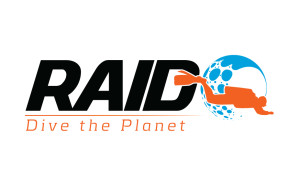 Paul is the Director of Training at RAID. To find out more about the courses that RAID offers, visit www.diveraid.com.
Paul is the Director of Training at RAID. To find out more about the courses that RAID offers, visit www.diveraid.com.
Blogs
EXCLUSIVE: Jeff Goodman interviews Mark Spiers, CEO of New Scuba Diving Training Agency NovoScuba

In a video recorded exclusively for Scubaverse.com, Jeff Goodman interviews Mark Spiers, CEO of new scuba diving training agency NovoScuba.
Find out more about NovoScuba at www.novoscuba.com.
News
Charting New Waters; NovoScuba Goes Global with the Launch of their Revolutionary Dive Training Agency!
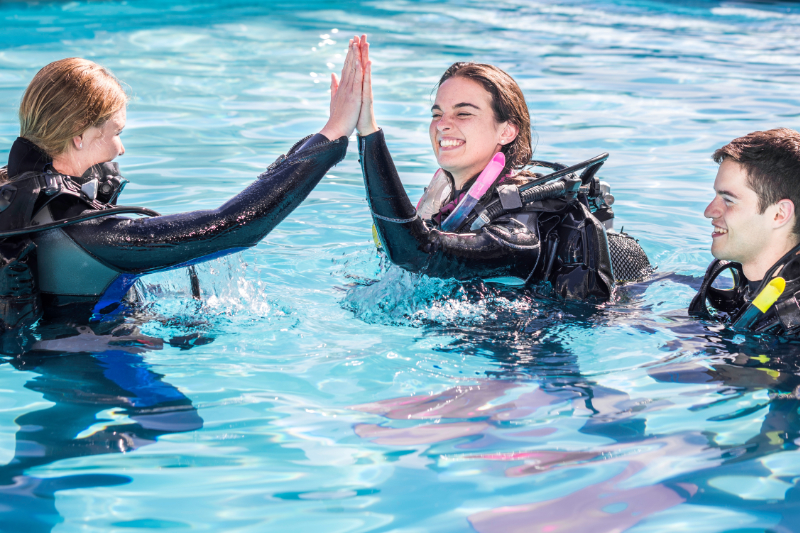
Discover a New Era of Dive Education: NovoScuba Brings Innovation to the Surface! Fully ISO Certified and Equipped with Cutting-Edge Technology.
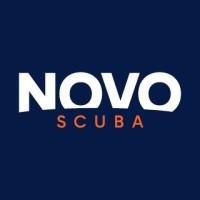 With a combined experience spanning over a century in the diving industry, a team of accomplished dive store owners, managers, and professionals unveils NovoScuba, a ground-breaking dive training agency poised to redefine the benchmarks of underwater education. Launching in May 2024, NovoScuba promises a revolutionary approach to dive training. Their vision is to make diving accessible to everyone, share success within the dive community and emphasise positive interactions with the planet.
With a combined experience spanning over a century in the diving industry, a team of accomplished dive store owners, managers, and professionals unveils NovoScuba, a ground-breaking dive training agency poised to redefine the benchmarks of underwater education. Launching in May 2024, NovoScuba promises a revolutionary approach to dive training. Their vision is to make diving accessible to everyone, share success within the dive community and emphasise positive interactions with the planet.
NovoScuba’s global debut marks a significant milestone in the dive industry. Driven by a vision to challenge convention and harness the power of technology, NovoScuba aims to revolutionise the dive training landscape through its innovative business model, which is digitally native, making it the most technologically advanced dive training agency to date.
“We recognised the need for change in the dive training industry and saw an opportunity to leverage technology, and redefine existing business models to create something truly innovative,” said Mark Spiers, CEO of NovoScuba.
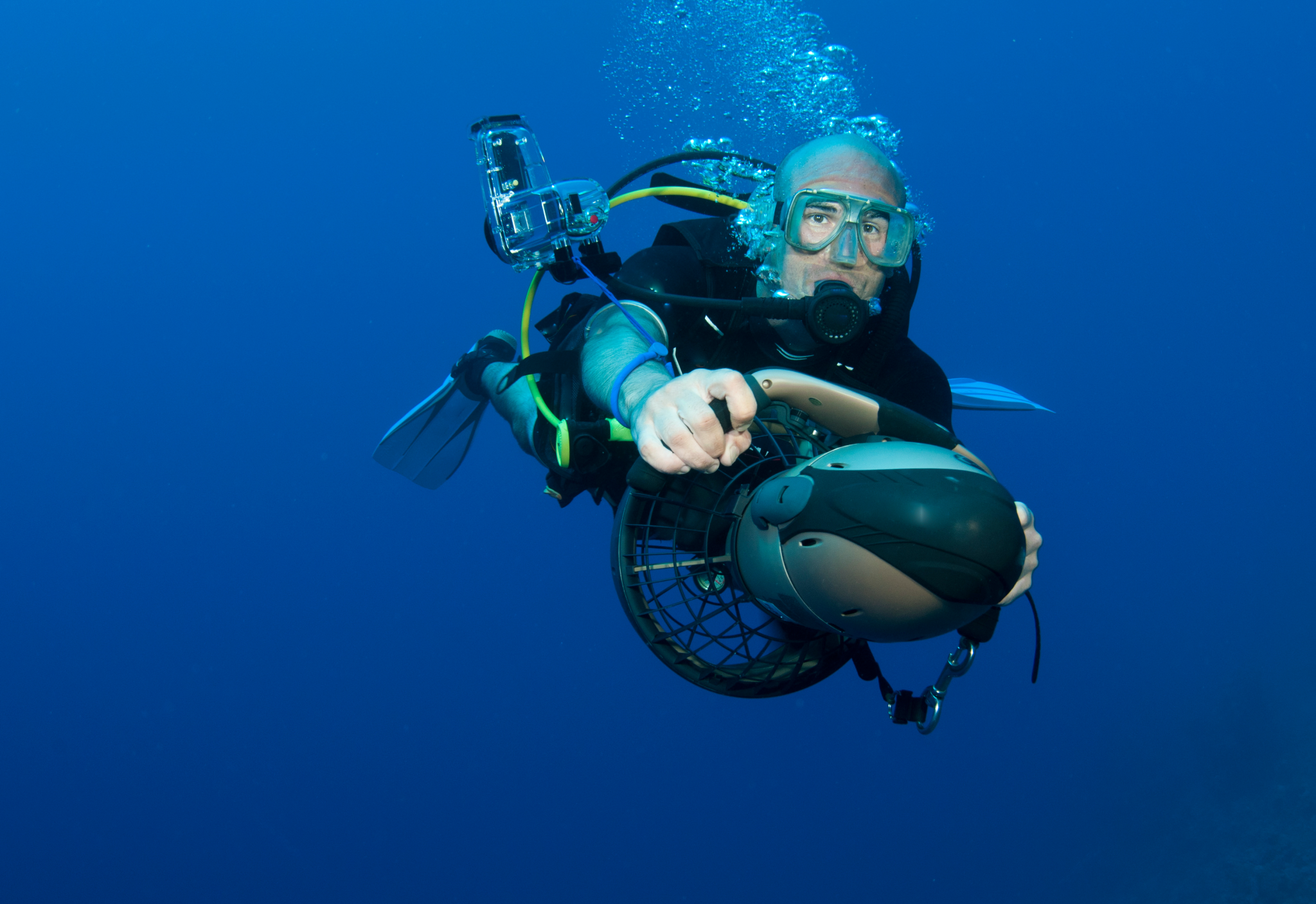
NovoScuba’s platform offers state of the art training programmes ranging from introductory up to professional diving, including various specialties. All programmes meet international standards and ISO certifications are in place. This commitment to shared success, accessibility and positive results for the planet, all at a cost effective and affordable level, is what will make NovoScuba stand out.
“Our deep understanding of traditional pain points for the industry, combined with our digitally native approach positions NovoScuba as a game-changer in dive education. Offering unparalleled initiatives such as student subscription, open access to all course materials, pay as you certify, no stock required, monthly membership payments, payment in local currencies, one-click certifications, and membership freezing, NovoScuba is set to redefine the industry. Available in 13 languages, at launch, the NovoScuba courses are written for the modern divers, with a focus on up-to-date content, interactive learning, and an engaging platform,” Mark Spiers concluded.
NovoScuba is challenging a change in the industry, redefining established traditional systems, and ushering in a new standard of excellence, support, and partnership. Their collaborations with dive stores, pros and underwater enthusiasts won’t demand exclusivity, prioritising earned loyalty, and an understanding that their Member’s success is key to their own.
NovoScuba
Diving Redefined.
-

 News3 months ago
News3 months agoCapturing Critters in Lembeh Underwater Photography Workshop 2024: Event Roundup
-

 Marine Life & Conservation Blogs3 months ago
Marine Life & Conservation Blogs3 months agoCreature Feature: Swell Sharks
-

 Blogs2 months ago
Blogs2 months agoMurex Resorts: Passport to Paradise!
-

 Blogs2 months ago
Blogs2 months agoDiver Discovering Whale Skeletons Beneath Ice Judged World’s Best Underwater Photograph
-

 Gear Reviews3 weeks ago
Gear Reviews3 weeks agoGEAR REVIEW – Revolutionising Diving Comfort: The Sharkskin T2 Chillproof Suit
-

 Gear Reviews3 months ago
Gear Reviews3 months agoGear Review: Oceanic+ Dive Housing for iPhone
-

 Marine Life & Conservation2 months ago
Marine Life & Conservation2 months agoSave the Manatee Club launches brand new webcams at Silver Springs State Park, Florida
-

 News2 months ago
News2 months agoPADI Teams Up with Wellness Brand Neuro to Drive Ocean Change and Create a Blue State of Mind











